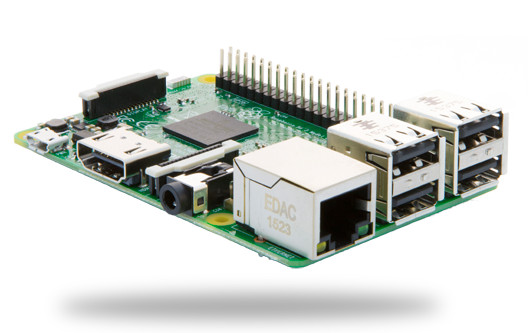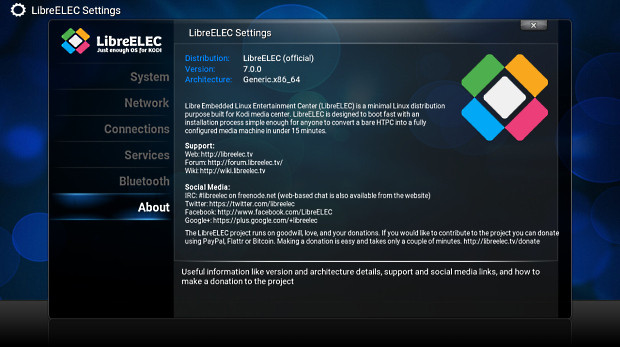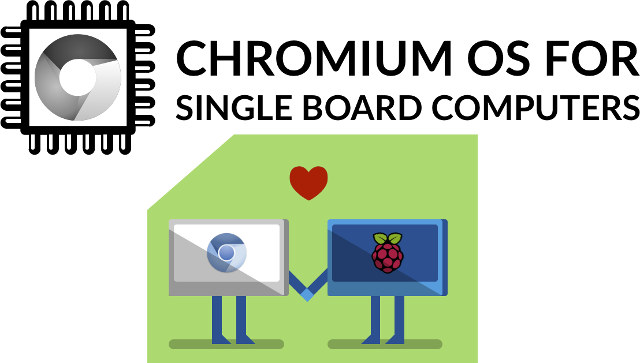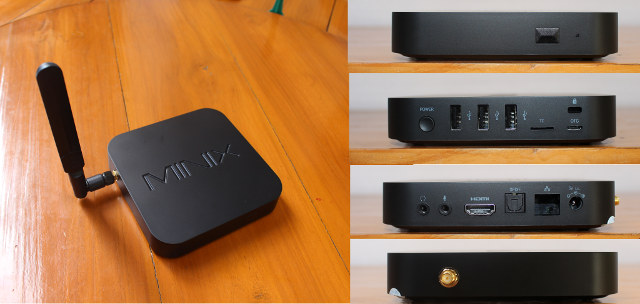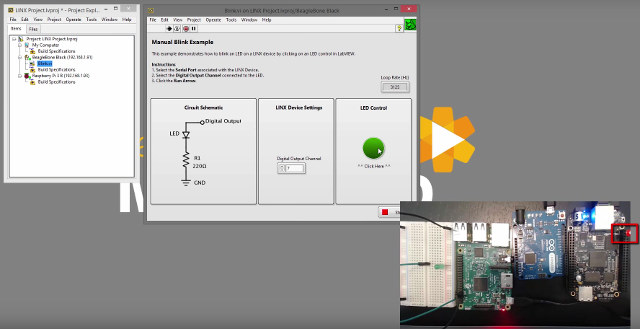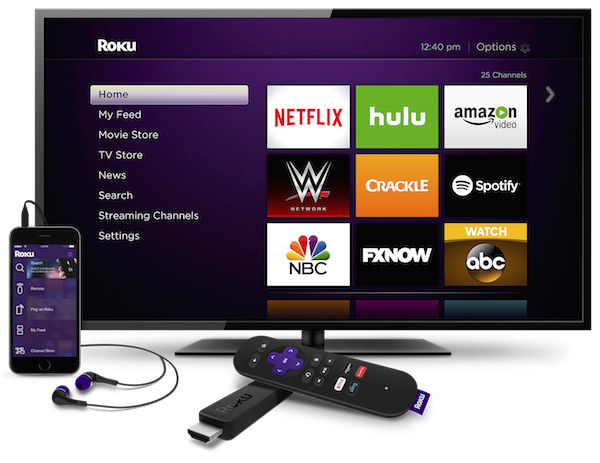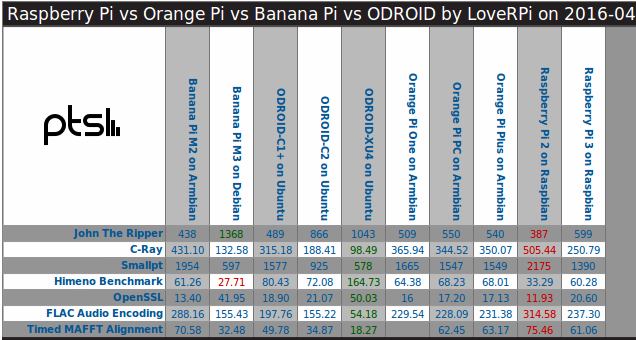Raspberry Pi boards require a closed-source binary to boot. I understand it this is handled by VideoCore IV GPU, and so far the Raspberry Pi foundation are not release source code for the bootloader, possibly due to legal reason (e.g. NDA to Broadcom). But I noticed people chatting about an open source bootloader for Raspberry Pi on sunxi-linux IRC channel. The bootloaded called rpi-open-firmware has been developed by Kristina Brooks (christinaa), who previously did some work on the VideoCore IV GPU, as you can see on her blog and github account. Kristina describe the project as follows: This is a small firmware for RPi VPU (VideoCore4) versions 1/2/3 that is capable of initializing VPU PLL (PLLC), UART, SDRAM and ARM itself. It’s intended to be used instead of stock bootcode.bin on RPi’s SD card. You need to have UART to see anything meaningful as far as output goes. This has […]
Linux 4.6 Release – Main Changes, ARM and MIPS Architectures
Linus Torvalds released Linux Kernel 4.6 earlier today: It’s just as well I didn’t cut the rc cycle short, since the last week ended up getting a few more fixes than expected, but nothing in there feels all that odd or out of line. So 4.6 is out there at the normal schedule, and that obviously also means that I’ll start doing merge window pull requests for 4.7 starting tomorrow. Since rc7, there’s been small noise all over, with driver fixes being the bulk of it, but there is minor noise all over (perf tooling, networking, filesystems, documentation, some small arch fixes..) The appended shortlog will give you a feel for what’s been going on during the last week. The 4.6 kernel on the whole was a fairly big release – more commits than we’ve had in a while. But it all felt fairly calm despite that. Linux 4.5 added […]
LibreELEC (OpenELEC Fork) v7.0.0 Released with Kodi 16.1
It’s not always easy to get along in life, and recently this has been true in Kodi developer community and related project, with Koying leaving his role as the main Kodi Android developer, possibly meaning Kodi 17 won’t get an Android port, and more recently several OpenELEC developers, not satisfied with some of the current project developments, decided to fork it, and create LibreELEC. The team of 25 or so members has now released LibreELEC v7.0.0 based on Kodi 16.1 which had also been released a few days ago. The changelog only reads: The 7.0.0 release contains Kodi Jarvis 16.1 (final) and a fix for Verisign SSL certificate changes that impacted Pandora add-on users. It also addresses a bluez crash, a firmware update for Intel Skylake users, and a fix for an Amlogic CEC issue on WeTek Play/Core. Most importantly it also contains our new logo branding. The images are […]
Chromium OS for SBC Aims to Turn Popular Development Boards into Chromeboxes
A team of developer has come together last December in order to provide Chromium OS, the open source project which Chrome OS is based on, to single board computers such as Raspberry Pi boards. So far, they’ve provided Chromium OS images for Raspberry Pi 2 & 3, but more boards should be supported in the future. The latest version 0.5 release is said to be usable, but WiFi, Netflix, and HTML5 video are not working. The installation procedure is standard. You simply need to download and uncompress the archive (e.g. SamKinison_v0.5_Pi3_16GB.tar.xz), and dump it on a micro SD card with Win32DiskImage or dd. They have released different images for Raspberry Pi 2 & 3, and different SD card sizes (2GB and 16GB). Chromium OS is using 12 partitions, so that may be why they don’t provide a single image and resize the file system during the first time. You can […]
What’s the Best Android TV Box?
[Update December 26, 2017: I’ve posted a new version of this post entitled “What’s the Best Android TV Box (2017/2018 Edition)?“. I’ll leave the post below to have an historical perspective] I often get asked which TV box to buy, or what the best Android TV box is, and the answer is the TV box that fits your needs for the lowest price point possible. Considering there are around 2 millions apps for Android, they are multitudes of use cases, and you can’t provide a single answer for everybody. So I’ll provide a list of things to look for beside the processor, and three TV boxes that I think are worth considering, before providing alternatives for people who want cheaper devices. Things to Look for There are still a few things you may want to specifically look for before purchasing an Android TV box: History of regular firmware updates – […]
LabVIEW Now Supports Raspberry Pi 2 & 3, BeagleBone Black with LINX 3.0 Release
LabView is a system-design platform and development environment with a graphical programming syntax that “makes it simple to visualize, create, and code engineering systems”. It’s often used with National Instruments hardware such as myRIO, but LabView Makerclub has also developed LINX to bring support to Arduino and chipKIT, and with the latest LINX 3.0, support for BeagleBone Black, and Raspberry Pi boards has been added. You’ll need Labview 2014 (Windows only) or greater to work with LINX 3.0, as well as one of the supported development boards. Complete Labview 2014 + board kits are also sold with the BeagleBone Black Physical Computing Kit and Raspberry Pi 2 Physical Computing Kit both going for $89 on Digilent. LabView files are save in VI format, and the same file can be used on Arduino, BeagleBone Black, and Raspberry Pi board with minor modifications (e.g. GPIO pin number) as shown in the blink […]
$50 Roku Streaming Stick 2016 Edition (Model 3600) Is Faster and Smaller
Roku has introduced a updated version of their Roku Streaming Stick with a faster quad core processor, that’s supposed to he 8 times faster than the previous model, and with more processing power than Amazon Fire TV stick and ChromeCast. The company did not release all hardware specifications, but here’s what we know: Processor – Unnamed quad core processor Video Output – HDMI with 720p or 1080p resolution Audio Output – Digital stereo over HDMI, DTS Digital Surround pass-through over HDMI Connectivity – 802.11 (a/b/g/n compatible) with WEP, WPA, and WPA2 support Power Supply- 5.0V – 1.5A USB power adapter; 3W typical power consumption when streaming HD video Dimensions – ~8.4 x 2.03 x 1.27 cm Weight – 17 grams The device runs the latest Roku OS 7.1, and ships with a point-anywhere RF remote, two AAA batteries for the remote, a USB power cable and power adapter, and a […]
Low Cost Development Boards Linux Benchmarks – Raspberry Pi vs Banana Pi vs Orange Pi vs ODROID
LoveRPi, a distributor and reseller of electronic boards and accessories, has run benchmarks from the Phoronix Suite on several low cost development boards: $46* Banana Pi M2 based on Allwinner A31s quad core Cortex A7 processor @ 1.0 GHz with Armbian (Ubuntu 14.04) $74* Banana Pi M3 based on Allwinner A83T octa core Cortex A7 processor @ 1.80 GHz with Debian 8.3 $32 ODROID-C1+ based on Amlogic S805 quad core Cortex A5 processor @ 1.5 GHz with Ubuntu 14.04 $40 ODROID-C2 based on Amlogic S905 quad core Cortex A53 processor @ 2.0 GHz with Ubuntu 16.04 $74 ODROID-XU4 based on Samsung Exynos 5422 quad core ARM Cortex-A15 @ 2.0GHz quad core ARM Cortex-A7 @ 1.4GHz with Ubuntu 15.10 $10 Orange Pi One based Allwinner H3 Cortex A7 processor @ 1.2 GHz with Armbiam (Debian 8.3) $15 Orange Pi PC based on Allwinner H3 Cortex A7 processor @ 1.3 GHz with […]


